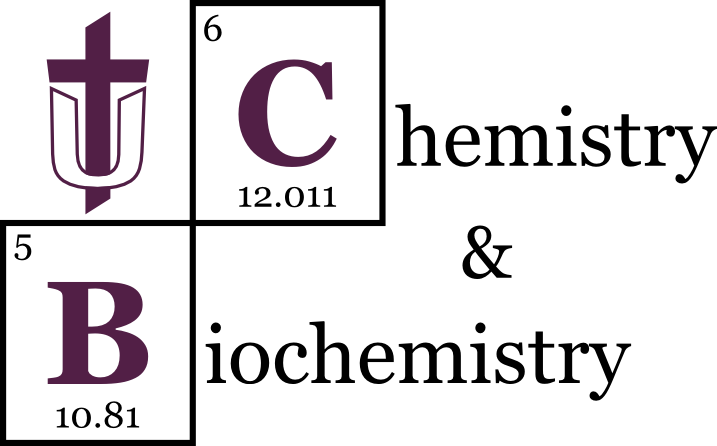Document Type
Thesis
Publication Date
Fall 2019
Abstract
The use of fingerprints as a form of identification in criminal cases has become a common method of conviction within the criminal justice system. However, with the recent rise in the number of people wrongly convicted, the typical sources of evidence have come into question about their reliability. Multiple common drawbacks found when using fingerprints dusting to obtain prints from crime scenes has led to researchers looking for more efficient ways to collect them that maintain high sensitivity and contrast. These are the two aspects that create the largest problem, especially on highly reflective and highly patterned surfaces. The discovery of the near infrared emission capabilities of the ancient pigment Egyptian blue pushed scientists to test its ability as a fingerprint dusting powder on these difficult substrates. This unique emission range was predicted to give Egyptian blue the ability to emit luminescence at wavelengths most substrates will not, more efficiently highlighting the print and providing greater ridge detail. This was tested by confirming the absorption and emission wavelengths of the pigment then comparing its ability to highlight print detail to other commonly used luminescent powders. The experimentation showed that Egyptian blue provided much better ridge detail and contrast on highly reflective and patterned surfaces compared to other powders. This is continuing to be tested on other substrates to confirm consistent success, but researchers are optimistic about initial findings and hope that this method can be applied in the near future, and hopefully brings some confidence back to the evidence collection and interpretation processes.
Recommended Citation
Allen, Bailee, "The History and Development of Identification: Rediscovery and Application of Egyptian Blue" (2019). Chemistry & Biochemistry Student Projects. 21.
https://pillars.taylor.edu/chemistry-student/21
Included in
Analytical Chemistry Commons, Inorganic Chemistry Commons, Organic Chemistry Commons, Other Chemistry Commons, Physical Chemistry Commons



Notes
Course: CHE 420, Chemistry Thesis; Instructor: Dr. Daniel King